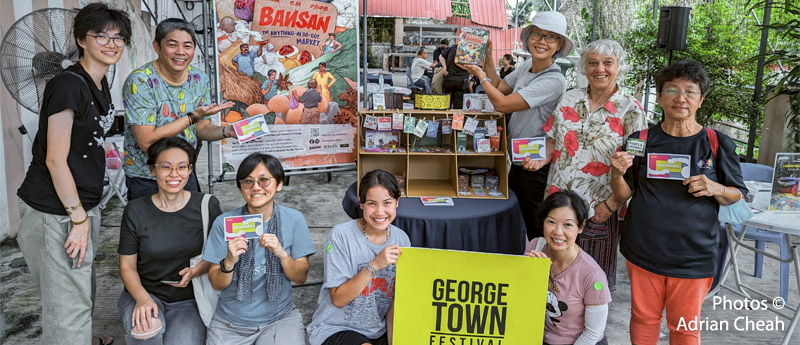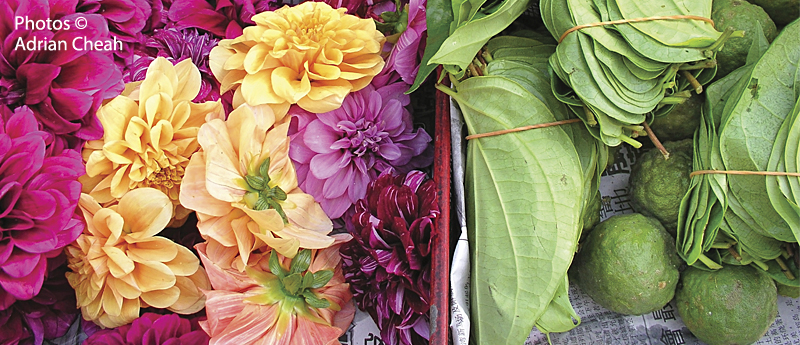History of Little India

This meticulously regimented network was among the earliest parts of George Town planned under the administration of Sir Francis Light, the English founder of Penang. The area is hence now referred to as the "Francis Light Grid" – a rectangular network bordered by Leith Street, Beach Street, Chulia Street and Pitt Street (now Jalan Masjid Kapitan Keling).
Continue Reading
16 September 1963 – A Nation is Born
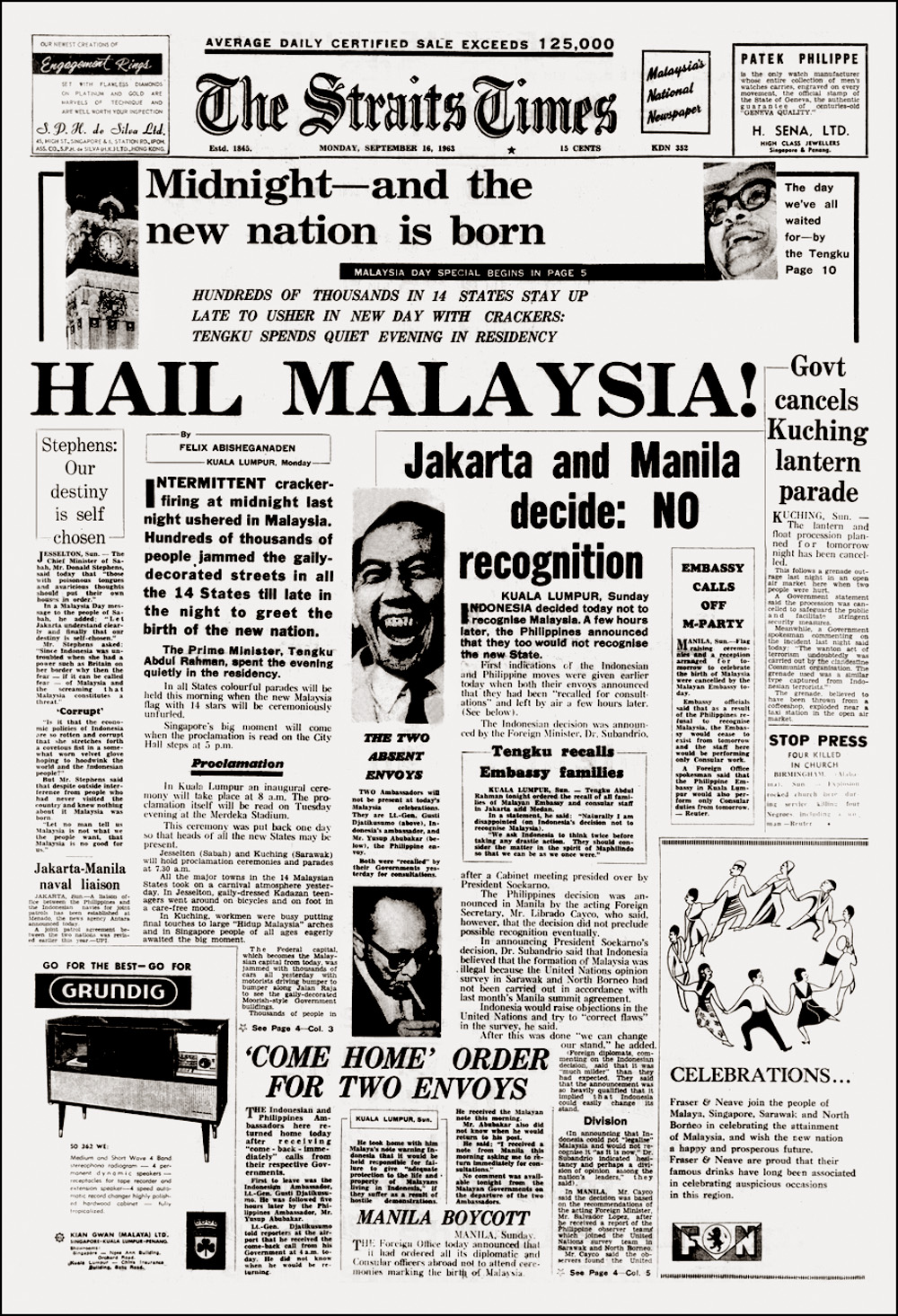
On the historic midnight of 16 September 1963, a profound and unforgettable chapter in our nation's story began. The birth of Malaysia was more than just a political achievement; it was the realisation of the hopes, dreams, and determination of millions across the land. From the joyful streets of Penang and the colourful festivities in Sabah and Sarawak, to the symbolic ceremonies in Singapore, we stood united in the spirit of brotherhood, ready to embrace a shared destiny.
In the words of our beloved Bapa Malaysia, Tengku Abdul Rahman Al-Haj, "we have come together through our own free will and desire in the true spirit of brotherhood and love of freedom." Let us take a step back in time and read about this historic moment published in The Straits Times on Monday, 16 September 1963.
Continue Reading
“Jiwa Merdeka” – embracing freedom with a unified spirit
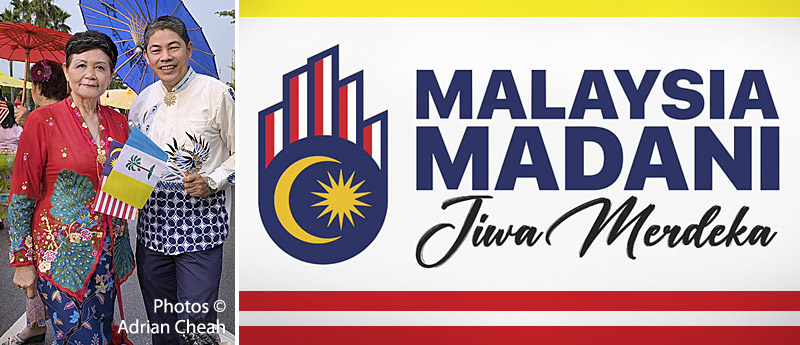
Malaysia's Independence Day, observed on the 31 August, is far more than a mere historical commemoration; it embodies the very soul of a nation. Known as Merdeka Day, this significant occasion marks not only the moment the country gained its freedom but also the genesis of a nation that, despite its rich diversity, strides forward as one unified people.
Continue Reading
Malaysians – unique and united

"The melting pot or mixing bowl images do not provide an adequate picture of Penang. The kaleidoscope, with its shifting patterns of colourful pieces, overlapping sometimes to make new shapes, some larger in one frame and smaller in others, offers a better metaphor for Penang's multi-ethnic population and its changes over time." – Sarnia Hayes Hoyt Old Penang 1991
Continue Reading
Negaraku, a national anthem for the rakyat

Negaraku
Tanah tumpahnya darahku
Rakyat hidup, bersatu dan maju
Rahmat bahgia, Tuhan kurniakan
Raja kita selamat bertakhta
Rahmat bahgia, Tuhan kurniakan
Raja kita selamat bertakhta
Continue Reading
Jalur Gemilang – the stripes of glory
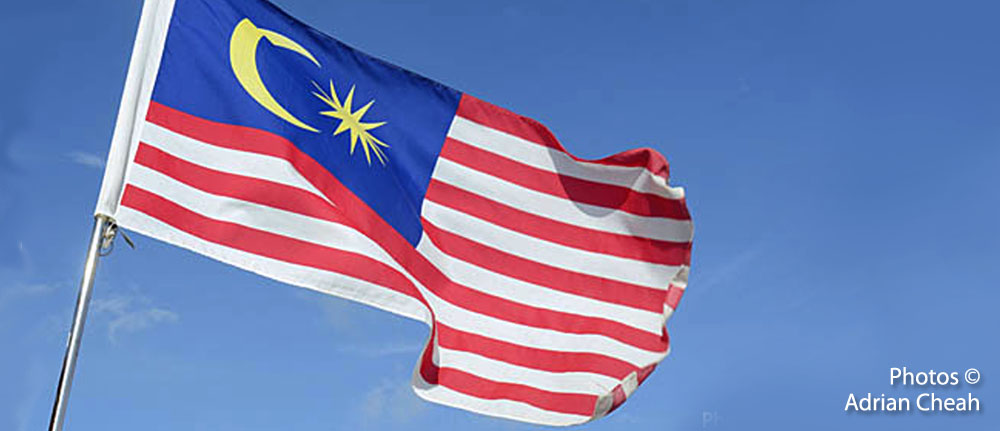
Behind the simple and slightly derivative design, the Malaysian flag has, since its creation, served as a silent testament to the country's heritage and cultural mix, and upholding cherished values like freedom and justice.
Continue Reading
Our bold and beautiful red Bunga Raya

Let us take a moment to reflect on the name of Malaysia's national flower, Hibiscus rosa-sinensis. The word "hibiscus" originates from the Greek "hibiskos", a name given by the ancient physician Pedanius Dioscorides (c. 40–90 AD). Dioscorides, also a botanist, authored the influential De Materia Medica, a five-volume Greek encyclopedia on herbal medicine.
Continue Reading
"Looking After the Ashes" – unravelling the enigmatic Chinese Peranakan world of taboos and traditions
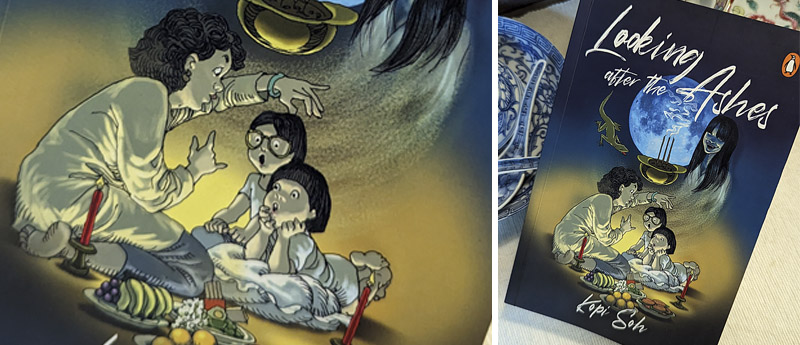
I usually stay away from horror stories, especially those that have blood and gore plastered all over the cover. I know that one should never judge a book by its cover. However having been an art director for more than three decades, I feel that a cover has to set the right tone and sell the book. The cover of "Looking After the Ashes" by Kopi Soh shows two wide-eyed kids, enchanted by the storyteller, enveloped with an eerie atmosphere. Picking up the book, I would not have been able to anticipate that it would be a page-turner for me.
Continue Reading
Penang's Cina Wayang (Chinese opera) – for gods and ghosts
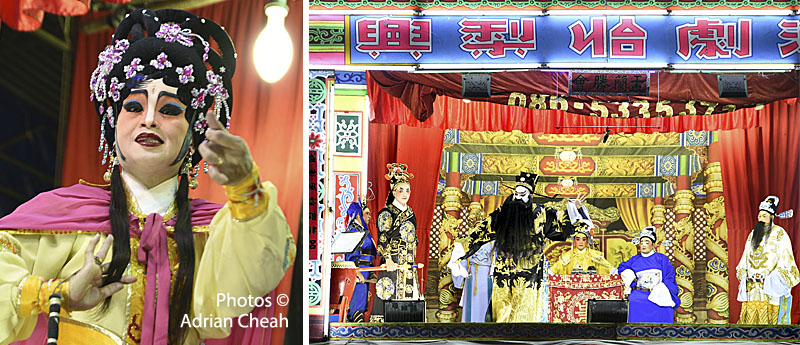
Growing up in Ayer Itam in the 1970s was like living in an endless festival. The wet market was our food playground, where you could buy something delicious at any time of the day. We would show up with our own tiffin carriers and even supply our own eggs to the char koay kak lady or Pak Dollah, the mee goreng uncle, who always accepted them without batting an eyelid. Ah Heng, the rojak man, parked his cart in front of my house. He would skewer halved green mangoes with a lidi (coconut leaf stick), smothering them in thick rojak sauce and crushed peanuts, creating a truly scrumptious snack. His sliced bangkwang, topped with similar ingredients, was another of my favourite treats. When Ah Heng eventually pivoted from rojak to koay teow th'ng, it was a welcomed change. His bowl of noodles was packed with minced pork, pork slices, liver, fish balls and topped with bak yu phok (fried lard) and spring onions.
Continue Reading
My Kebaya shirt – a journey where novelty meets sublime beauty

Having grown up in a Chinese Peranakan household, I have always been intrigued by the beauty of the kebaya. It is not just about how the entire ensemble – when matched with a traditional floral sarong is wearable art, one that gives a veritable statement on the opulent cultural heritage of the Nyonyas.
Continue Reading














